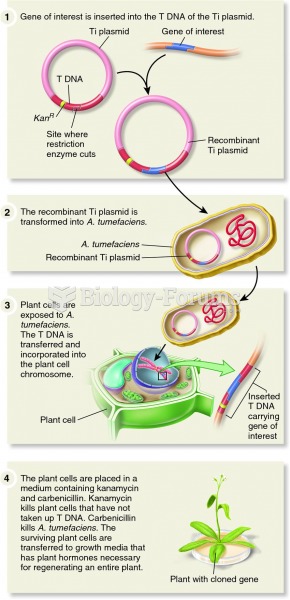Several European countries have laws that make it very difficult to divorce. These policies are built, in part, on the assumption that divorce harms children and that it is better for children to stay in conflicted marriages than suffer the trauma of divorce. You have been asked to summarize research findings in these issues for a European Union Conference on Marriage and Children. Which of the following best summarizes that research?
a. No relationship between adult attachment style and parents marital status has been found, but children raised in what are defined as unhappy marriages demonstrate the same ratio of attachment styles as children raised in happy marriages.
b. A strong relationship between adult attachment styles and divorce has been found with adult children of divorced parents being prone to insecure and anxious attachment. No relationship between children raised in unhappy marriages has been found.
c. No relationship between adult attachment styles and divorce has been found, but parents who were described as being unhappily married tended to have fewer securely attached adult children and more insecurely attached adult children.
d. Alas, there is not data on these particular questions and you will have to turn down the invitation.
Question 2
Your research project is focused on attachment patterns in later life and their relationship with childhood attachment experiences. It is likely that you will be using which research instrument?
a. Ainsworth Adult Assessment (AAA)
b. Minnesota Attachment Questionnaire (MAQ)
c. Adult Attachment Interview (AAI)
d. Strange Situation/Adult Version







